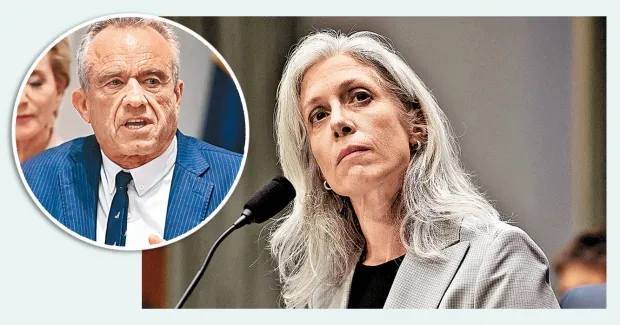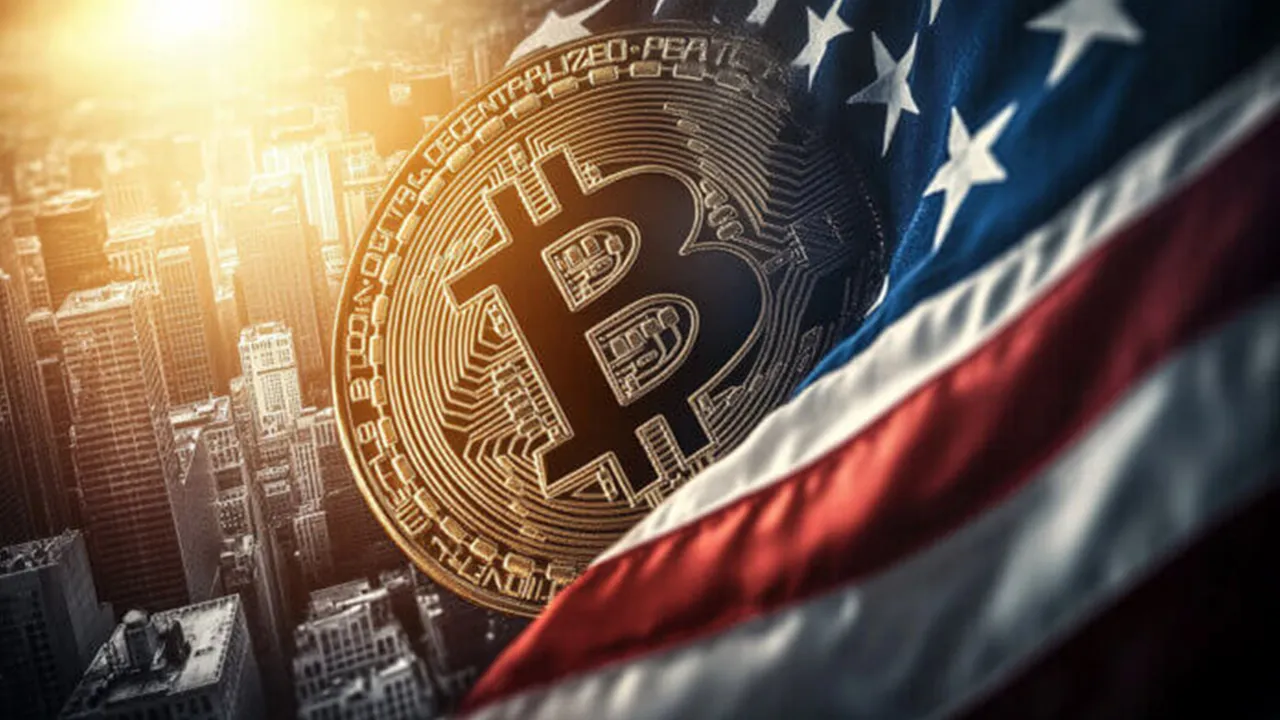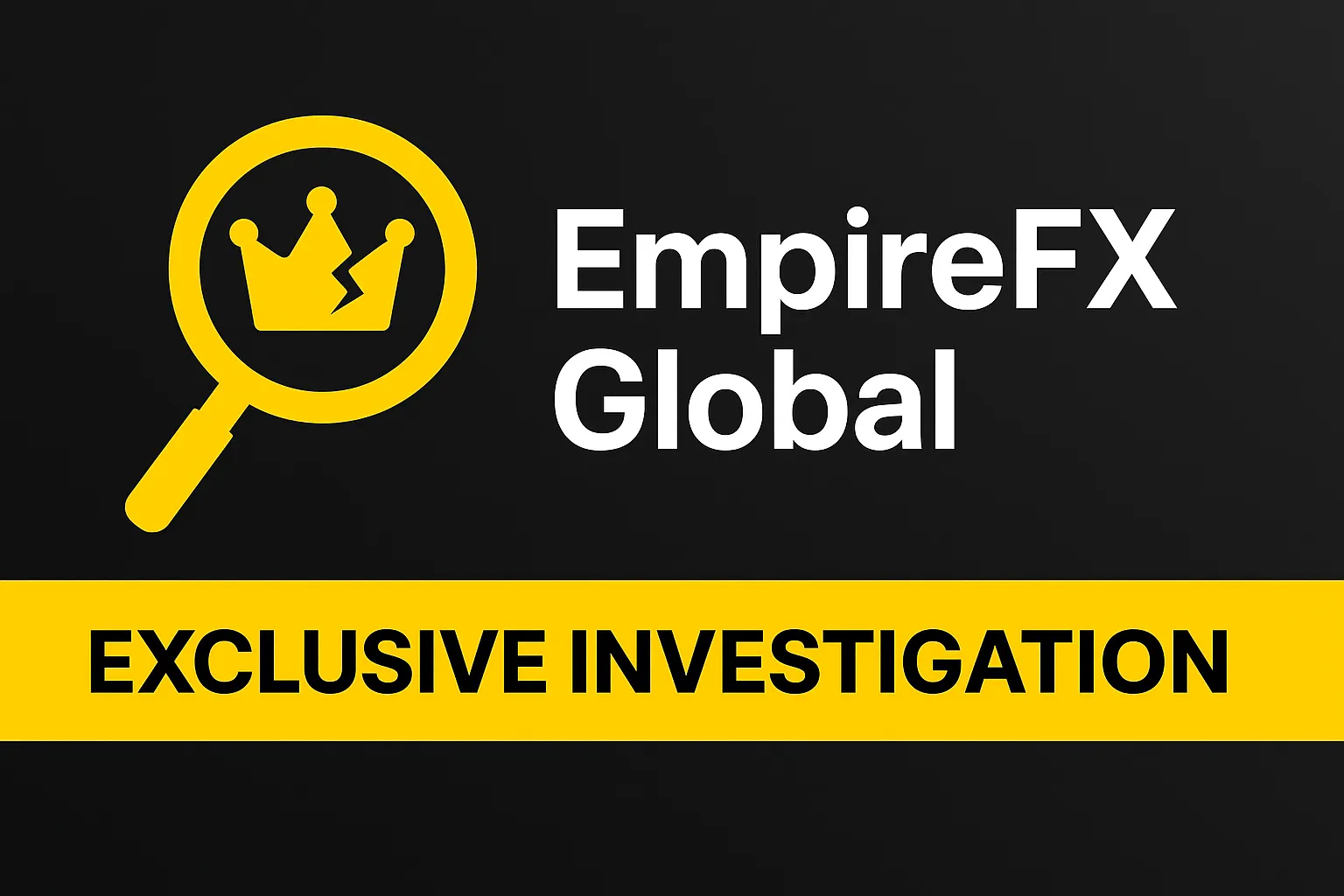 BrokerHiveX
BrokerHiveX BrokerHiveX
BrokerHiveX BrokerHiveX
BrokerHiveXThe Federal Reserve is a central banking system consisting of the Federal Reserve Board (Board of Governors), 12 regional Federal Reserve Banks, and the Federal Open Market Committee (FOMC). It operates independently of the U.S. government but is supervised by Congress. Its goals are to achieve maximum employment, stable prices, and moderate long-term interest rates.
The main ways in which the Federal Reserve performs its functions include:
Monetary Policy
Adjusting the federal funds rate affects market interest rates and financing costs
Open market operations (buying and selling government bonds, etc.) to adjust liquidity
Unconventional policies such as quantitative easing (QE) or balance sheet reduction to deal with crises
Financial Regulation
Supervise banks and systemically important financial institutions to maintain the security of the financial system
Financial stability
Acting as a lender of last resort, providing emergency funding support in liquidity crises
Payment and Services
Provides clearing, settlement, and currency issuance services to commercial banks and the federal government
Operate independently, avoid political interference, and enhance the credibility of monetary policy
Have comprehensive tools to cope with economic cycle fluctuations
As the world's main reserve currency issuer, it has a strong influence on the international financial market
In times of crisis, extraordinary measures can be taken quickly to maintain stability
The policy lag effect is obvious, making it difficult to accurately control economic trends
Excessive easing or tightening may bring asset bubbles or recession risks
Its global influence can cause capital flows to impact other countries' economies
There may be a policy conflict between addressing inflation and employment goals
2008 Financial Crisis: The Federal Reserve lowered interest rates to near zero and implemented quantitative easing (QE) to inject liquidity into the market and stabilize the financial system.
2020 Coronavirus Pandemic: The Federal Reserve urgently cut interest rates and launched unlimited QE, purchasing assets such as Treasury bonds and MBS to ensure liquidity.
Interest rate hike cycle in 2022: Faced with high inflation, the Federal Reserve has continued to raise interest rates significantly, leading to turbulence in global financial markets and capital outflows from emerging markets.
The Federal Reserve is the core hub of the U.S. and global financial systems. Its policies not only affect economic growth, inflation and employment in the United States, but also have a profound impact on global capital markets, exchange rates and international trade. It is a key stabilizer in economic crises, but its policies also need to constantly balance inflation control, economic growth and financial stability.
BrokerHivex is a financial media platform that displays information sourced from the public internet or uploaded by users. BrokerHivex does not endorse any trading platform or instrument. We are not responsible for any trading disputes or losses arising from the use of this information. Please note that the information displayed on the platform may be delayed, and users should independently verify its accuracy.

The United States has officially ended tariff exemptions for imported packages valued under $800. This move will have a comprehensive impact on cross-border e-commerce, supply chains, and consumer costs, particularly impacting companies like Shein and Temu that rely on direct mail. #USTariffs #E-commerceSupplyChain #Shein #Temu #ConsumerCosts

The dismissal of CDC Director Susan Monarez for resisting vaccine policy changes pushed by Surgeon General Robert F. Kennedy Jr. has sparked turmoil within the CDC system. #CDC #VaccinePolicy #RobertFKennedyJr #PublicHealthCrisis #InvestorConfidence

The US government announced a partnership with Chainlink and Python Network to bring economic data to blockchain to improve government spending transparency and market efficiency. This move not only marks the first large-scale application of blockchain technology in macroeconomic governance, but is also seen as a key signal in the US's bid to become the "cryptocurrency capital of the world." #USGovernment #Chainlink #Pyth #EconomicDataOnChain #InvestorSentiment

EmpireFX Global attracts investors with its "empire-level compliance and ultra-fast withdrawals," but has faced complaints in multiple countries, including withdrawal blockages, account freezes, counterfeit licenses, and disconnected customer service. This article examines its perceived authority and real risks through five key themes: brand narrative, payment chain, compliance verification, user cases, and expert evaluation.